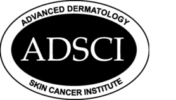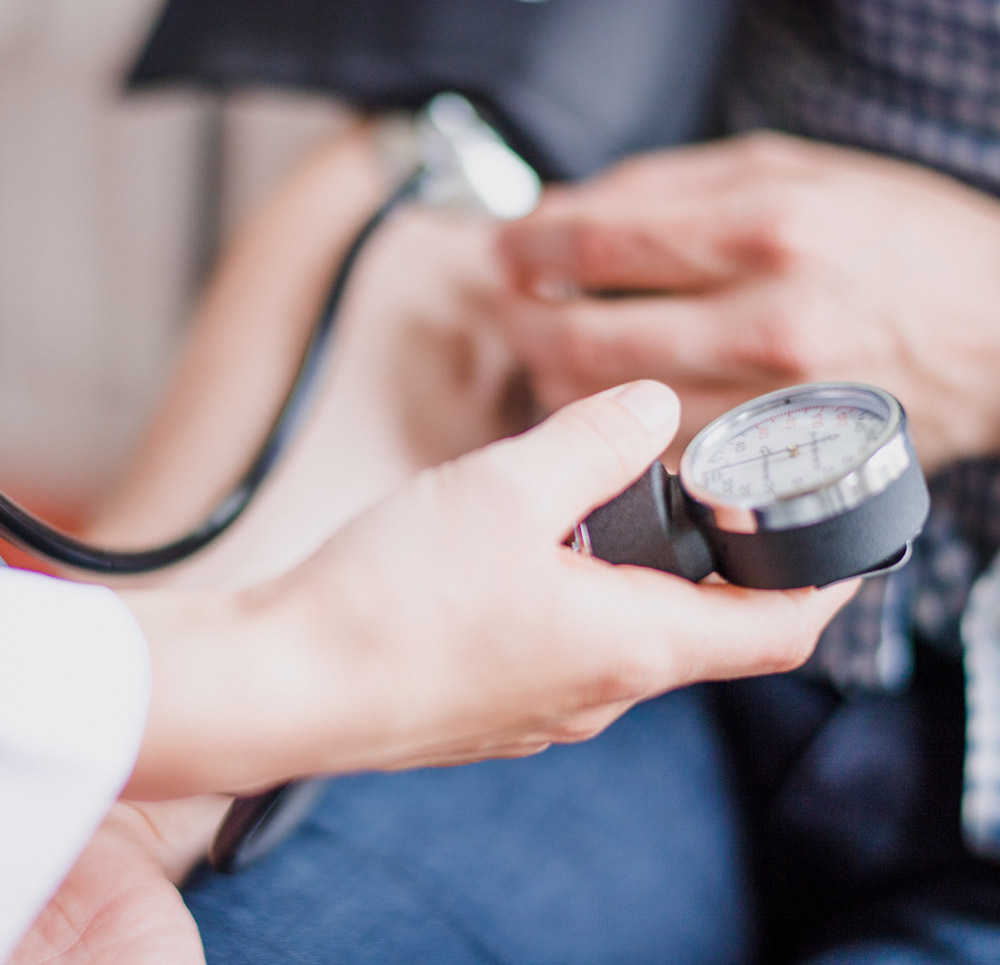Intro to Venous Procedures
There are several treatment options for varicose veins. We will do an assessment and determine which one is best for your situation. Please read below for answers to the most commonly asked questions.
Intro to Venous Procedures
There are several treatment options for varicose veins. We will do an assessment and determine which one is best for your situation. Please read below for answers to the most commonly asked questions.
How is venous disease treated?
Modern technologies have revolutionized the way venous disease is treated. To compare, a little over a decade ago, the treatment of venous disease was performed in hospitals and resulted in a long recovery period and could lead to many side effects.
Currently, due to the growth of improved technologies, such treatment has become a
simple, minimally invasive in-office procedure with a quick recovery period and minimal side effects. Typically, this procedure will take around 30 minutes. We have even seen cases when patients have returned to their normal activities the same day.
More information about Radio Frequency and Laser Ablation Procedures:
Radio Frequency and Laser Ablation are minimally invasive varicose vein treatment procedures that use heat to collapse and seal off the targeted blood vessels. The ablated vein becomes a scar tissue and is absorbed by the body.
- Advantages: Effective and safe procedures with low complication rate and short recovery time.
- Disadvantages: Tumescent anesthesia is used, which requires several injections to deliver a fluid around the vein.
More information about Mechano-Chemical Ablation with ClariVein®™:
Mechano-Chemical Ablation with ClariVein®™ is one of the newest endovenous ablation technologies. ClariVein®™ combines two approaches, involving the use of a mechanical device to
destruct the vein to be treated, as well a sclerosing agent. ClariVein®™ is performed using a local anesthetic with ultrasound visualization of the veins.
- Advantages: No tumescent anesthesia is needed; the procedure usually takes less time.
- Disadvantages: Requires the use of a sclerosant (medication) to seal the vein. As with all medications, allergic reaction can occur.
More information about Sclerotherapy:
Sclerotherapy involves an injection of a solution (we use Polidocanol) directly into the vein. The solution irritates the lining of the blood vessel, causing it to collapse and stick together forming a clot. With time, the clot is absorbed by the body.
- Advantages: Very popular and effective method to treat spider veins and larger veins that cannot be treated with other modalities.
- Disadvantages: Potential allergic reaction; staining (skin darkening) in some cases (especially in patients with lighter skin color).
More information about Varithena®:
Varithena® is a relatively new, nonsurgical minimally invasive method. Similar to
sclerotherapy, it involves an injection of a specially prepared solution (1%
Polidocanol) into a treated vein, which leads to collapsing of the vein and
forming a clot. With time, the occluded vein is absorbed by the body.
- Advantages: Nonsurgical, minimally invasive, and quick procedure.
- Disadvantages: Potential allergic reaction and discoloration.
What is the best treatment?
There are multiple ways to treat varicose veins. Among those are laser treatment,
radiofrequency ablation, mechano-chemical occlusion, treatment with Varithena (similar to sclerotherapy), sclerotherapy, and microphlebectomy.
There is no such thing as better modality. They are usually used for different conditions. The only thing that matters is the experience of the physician and the crew. All the modalities can be successfully used in the hands of an experienced physician.
We recommend that the patients get treatment in a clinic that has experience with all the different treatment modalities because a combination of multiple modalities may be needed for best results.
Can the treated varicose veins come back?
We get asked this question very often. There is no simple answer to this question.
Typically, the treated veins don’t come back. However, usually progressive varicose vein disease is seen in patients with genetic predisposition. Such patients may develop multiple new varicose veins. That is why we recommend having routine follow-ups with the treating physician so the new varicose veins can be diagnosed earlier and treated.
Please note that predisposed patients that have healthy food habits and exercise have a lower chance of recurrent disease


Healthy Skin is Our Mission
Beverly Hills
Westminster
8341 Westminster Blvd, Suite 101 Westminster, CA 92683
Thousand Oaks / Westlake Village
Sherman Oaks
Valencia / Santa Clarita
City Of Industry/ Rowland Heights
18725 Gale Ave, Suite 140 City of Industry, CA 91748


